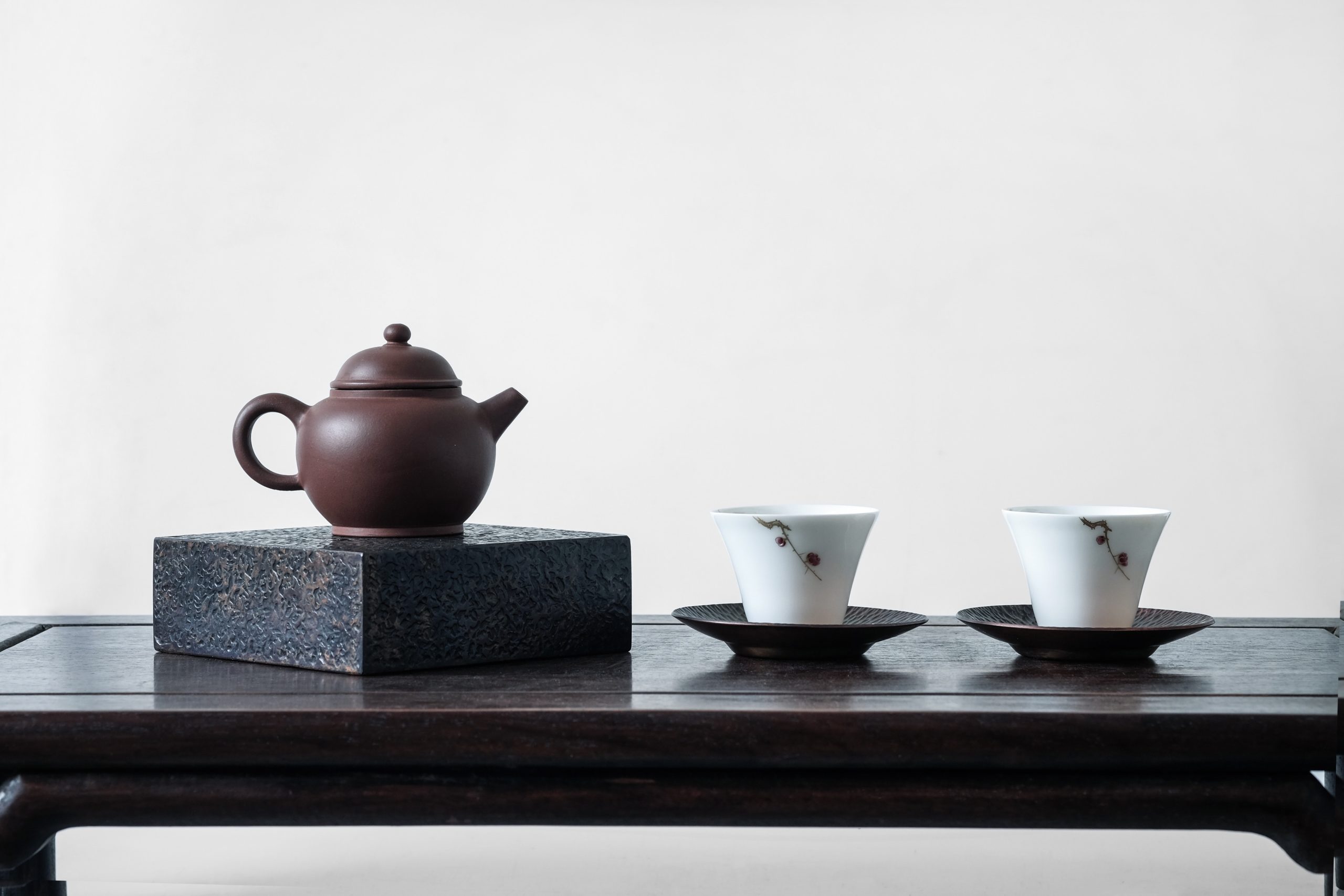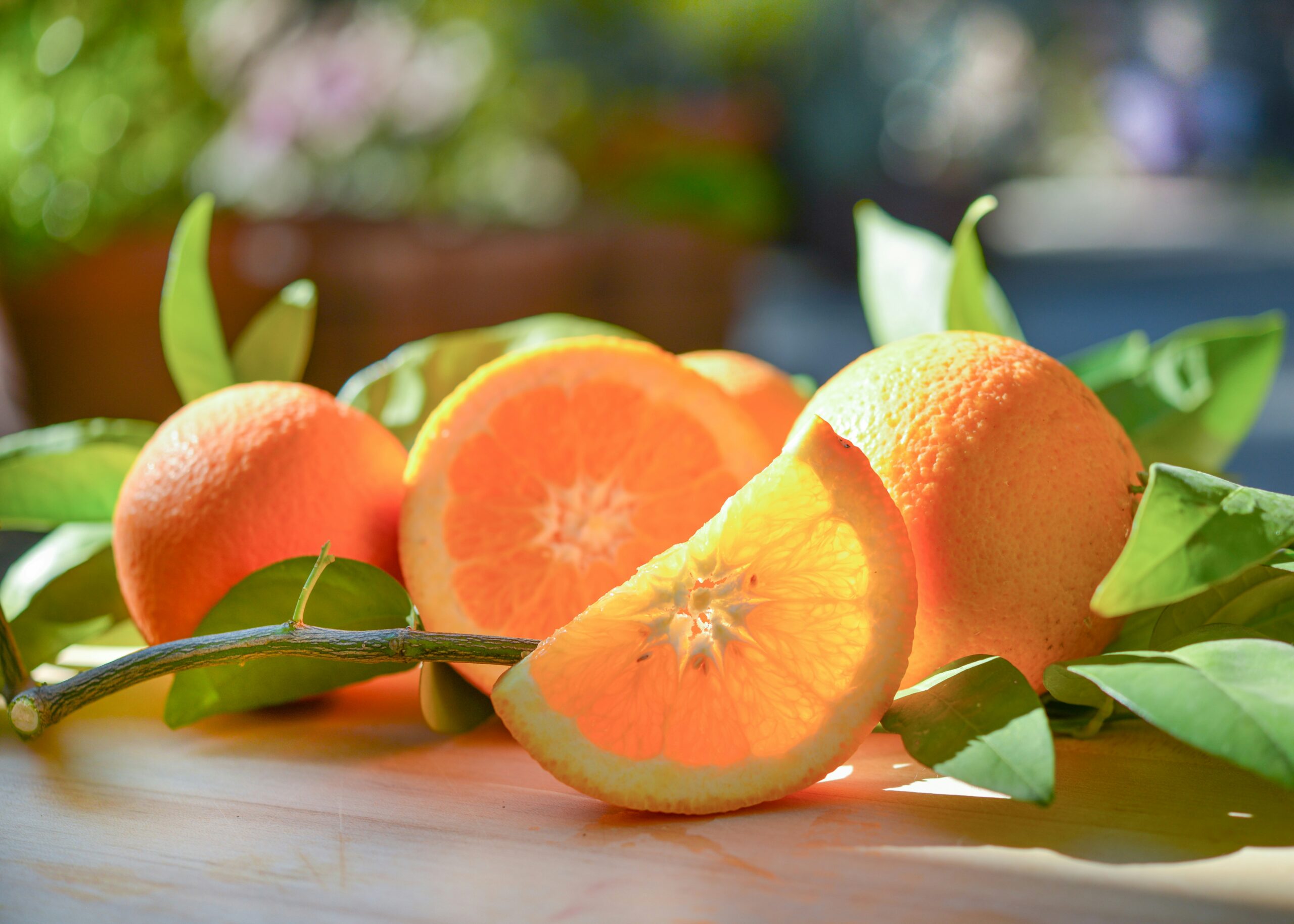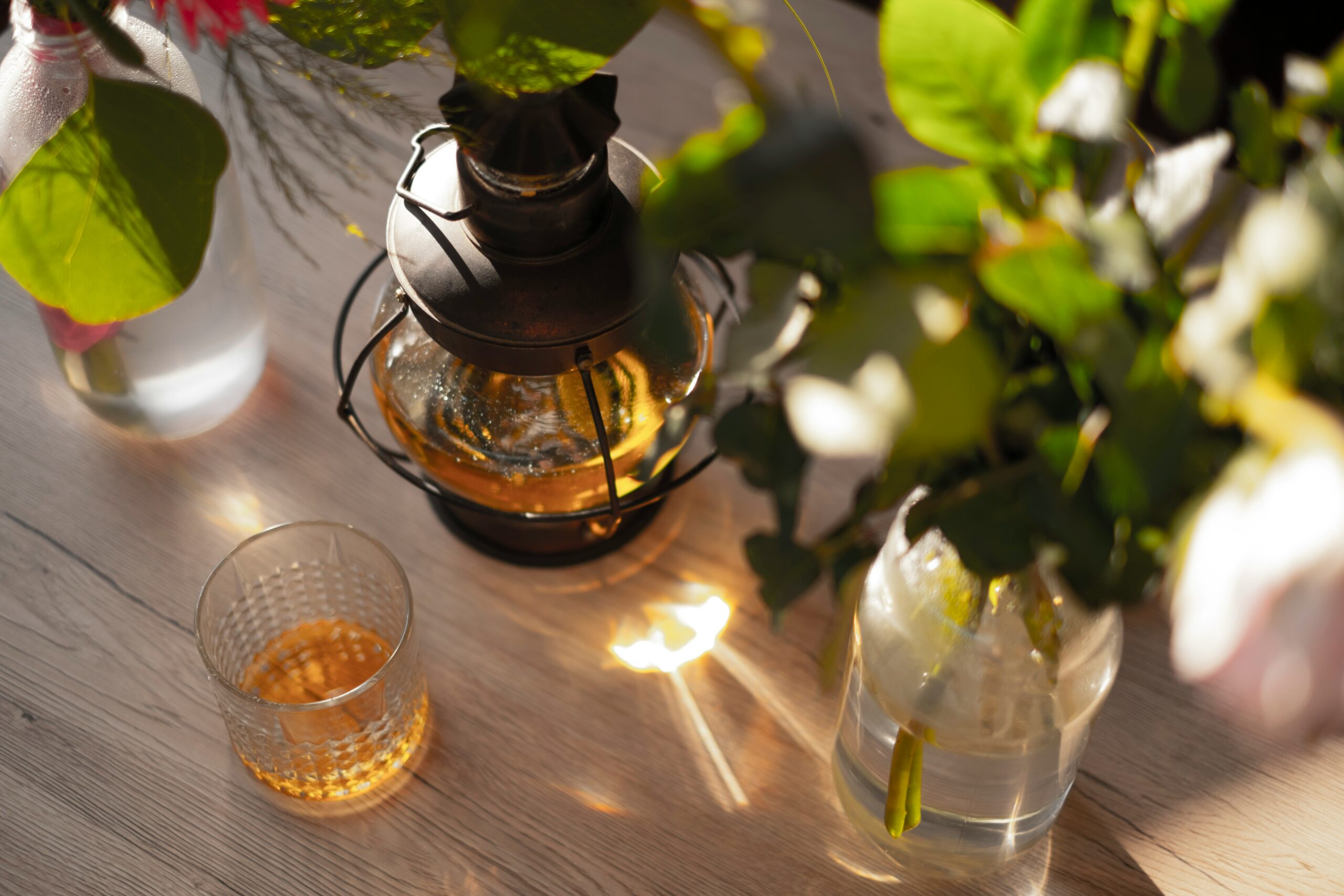Blogs » Management company of teplo (LOAD&ROAD) » Why Tea Extraction Involves Steeping
Why Tea Extraction Involves Steeping

“‘Steeping time’ refers to the period you wait after pouring hot water over the tea leaves. Besides ‘steeping time,’ other terms such as ‘infusion time’ and ‘extraction time’ are also used to describe this period.
Let’s revisit the meanings of ‘steeping,’ ‘infusion,’ and ‘extraction.’”

I went to the library to look up the meanings of each term.
Steeping
(To make rice or similar foods) to make it steam.
Source: Kojien Dictionary, 7th Edition
To Steam
(To seal after heating) to ensure heat or steam thoroughly penetrates, achieving an appropriate temperature and softness.
Source: Kojien Dictionary, 7th Edition
Extraction
The process of dissolving and removing a substance from a solid or liquid using a liquid.
Source: Kojien Dictionary, 7th Edition
To Soak
To place something in a liquid; to immerse.
Source: Kojien Dictionary, 7th Edition
The meanings of “extraction” and “soak” are somewhat clear. Brewing tea involves dissolving flavors and aromas from the leaves into the water, so “extraction” makes sense. “Soak” is also straightforward as it means to place tea leaves into a liquid.
On the other hand, “steeping” might have a different meaning in the context of tea compared to its general dictionary definition. Although pouring hot water over tea leaves does involve heat and steam, the goal is not to achieve the right temperature or softness for the leaves, but rather to create tea (the liquid). So, it feels like a slightly odd expression.
Other dictionaries also describe “steaming” and “to steam” in the context of rice or similar foods, but it is true that tea shops and tea brewers commonly use “steeping.” It is possible that future dictionaries might include this meaning related to tea extraction.
For tea enthusiasts, “steeping” is a common term in brewing recipes. I’m curious why “steeping time” became the prevalent expression instead of “extraction time” or “soak time.”
By the way, teplo uses the term “extraction time.” We believe this term conveys the purpose of the process being carried out.
There might be different policies among tea shops and brewers regarding which term to use. Which expression feels right to you?
teploのメールマガジンに登録
お茶に関する旬な情報や豆知識を漏れなく受け取りたい!そんな方は以下の登録フォームでメールアドレスをご登録ください。
teploから最新の情報をメールマガジンでお送りいたします。
(※1) プライバシーポリシーを必ずお読みいただき、ご同意の上、登録してください。
(※2) info@load-road.comおよびhello.japan@load-road.comからのメールが受信できるようにご設定ください。





